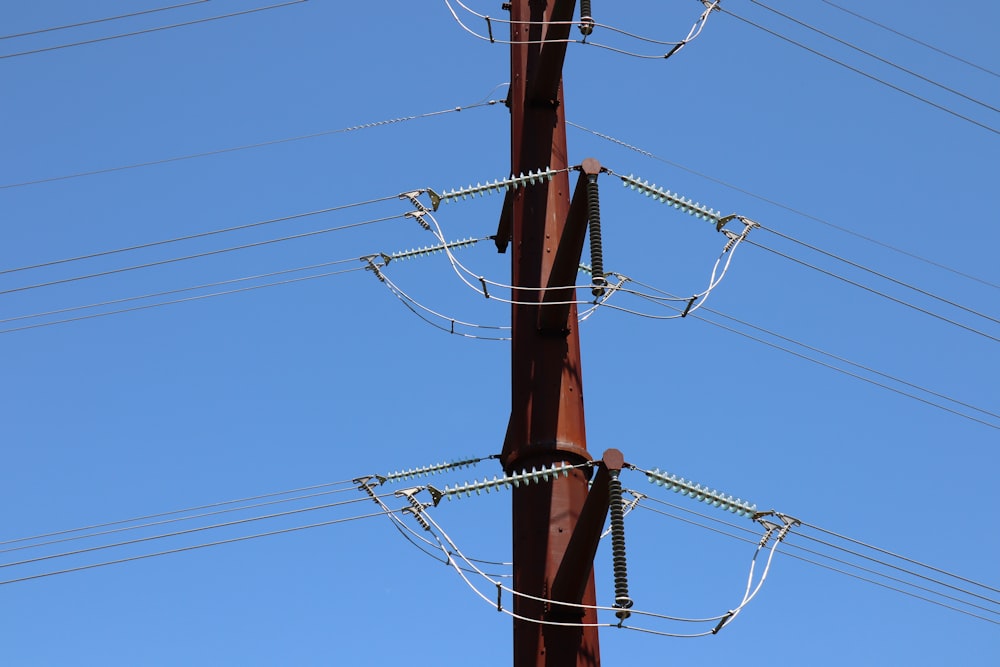

Additionally, the distribution of electricity involves materials like copper, which is commonly used for electrical wiring due to its excellent conductivity.Other metals such as silver, gold, tungsten, and aluminum are also used in electrical systemsAnd, with the advent of electric vehicles and renewable energy systems, electrification doesn’t happen without copper, the heartbeat of the global energy economy.AI and data centers consume a significant amount of electricity. It stands currently at about 2% of the world’s electricity demand with expectations to rise to 19% by 2028.Plus, renewable energy solutions in data centers have their own challenges.Cost, scalability, solar and wind weather reliance, reliable grid system and voltage stability. While solar energy does not require electricity, the process of harnessing it involves converting sunlight into usable electricity.Simply put, the photovoltaic cells that provide DC electricity are not commonly used for household appliances.Therefore, DC must be converted to AC to be useful.Electricity is mainly delivered through utility companies.While I do like most of the commodities mentioned – copper, silver, gold, natural gas, and coal, for today, let us look at the ETF for utilities XLU.A low-risk opportunity as it sits just above the 50-DMA.XLU still underperforms the benchmark.And the Real Motion momentum indicator is slightly below the 50-DMA while the price is above.The phase is bullish as is the move above the January calendar range.More By This Author:South Africa-The ETF Rallies BigWeekly Update – Sunday, June 16Post-FOMC – What’s Next?
While solar energy does not require electricity, the process of harnessing it involves converting sunlight into usable electricity.Simply put, the photovoltaic cells that provide DC electricity are not commonly used for household appliances.Therefore, DC must be converted to AC to be useful.Electricity is mainly delivered through utility companies.While I do like most of the commodities mentioned – copper, silver, gold, natural gas, and coal, for today, let us look at the ETF for utilities XLU.A low-risk opportunity as it sits just above the 50-DMA.XLU still underperforms the benchmark.And the Real Motion momentum indicator is slightly below the 50-DMA while the price is above.The phase is bullish as is the move above the January calendar range.More By This Author:South Africa-The ETF Rallies BigWeekly Update – Sunday, June 16Post-FOMC – What’s Next?
















